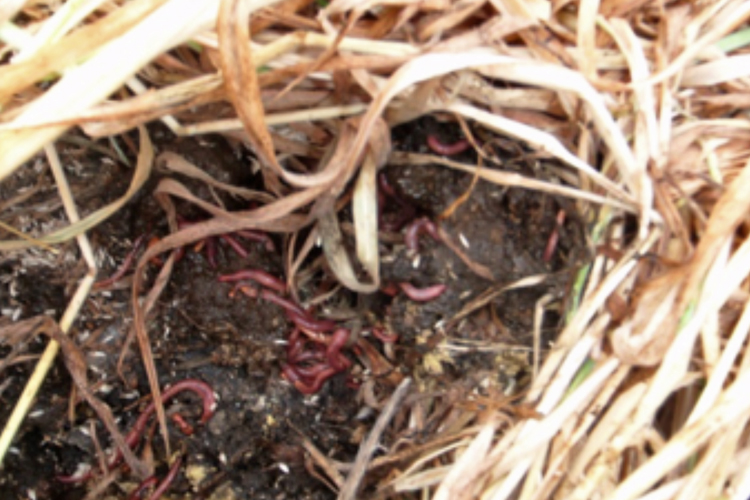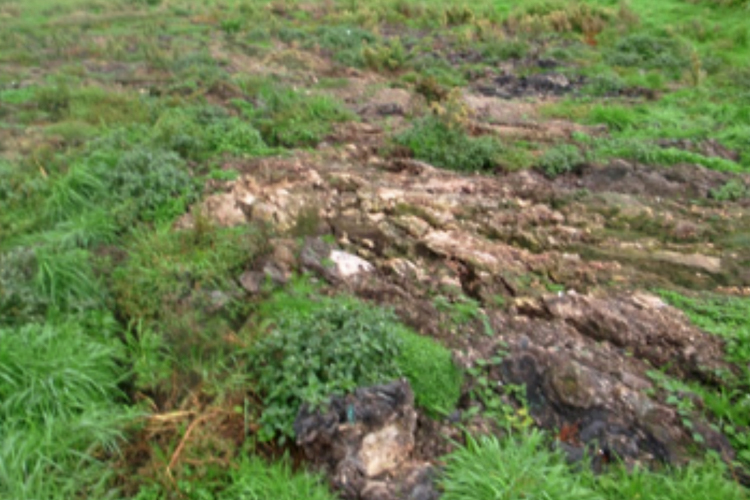Case Studies
Alliance Dannevirke Sheep Processing Plant
Alliance Group
Background
Prior to Parklink’s involvement and treatment, the company had mechanically de-sludged but was experiencing severe solids accumulation and wash over into the neighboring aerobic pond only 3 years after desludging.
In December 2009 Parklink installed equipment onsite and treatment began in late January 2010.
Objectives
- To remove accumulated solids and eliminate the need for mechanical desludging.
- Reduce odour.
- Remove the solids without interruption to production.
- To maintain the solids accumulations at an optimum percentage and manage the level on a sustainable ongoing basis.
Outcome
- Parklink AMD system removed 4,644 tonnes of non-centrifuged solids in the first twelve months.
- After the first twelve months the program reduced to maintenance dosing where solids accumulation was kept static and good clear supernatant liquor was being maintained at between 1000 – 1500mm below the crust. Discharge from the anaerobic averages around 3-400 mg/l TSS.
- The AMD program has continued now for over 5 years. There has been zero odour issues and the solids accumulation remains static where there is no requirement for further sludge removal.
Observations of Crust Changes
Before treatment:
- Before treatment the crust depth was made up of putrid fat. Grasses grew over two thirds of the pond towards the outlet end. Crust thickness decreased from 600mm at the inlet end to a watery 300mm at the discharge end. Species of grasses varied according to the available water content. Soil feeding grasses dominated the mid-section and water feeding grasses were proliferating throughout the wetter areas.
- Odours were significant at the boundary but not strong enough to cause odour complaints from town’s people. The main source of odour was putrid fat accumulations sitting just under the weed blanket in the mid to far end section of the pond. At the inlet end the fats tended to dry on top which sealed the deeper wetter fats and prohibited them from gassing off to atmosphere.
Five years after treatment started:
1. Inlet Zone (first third of pond surface)
Initial reactions to the treatment were visible over the first twelve months. These consisted of a thinning of the inlet sludge’s from 600mm down to 400mm. The fat in this zone formed ridges instead of remaining flat. This is likely due to wind pressures on the crust and some softening of the crust. The microbial changes in the crust were observed where large numbers of tiger worms had taken up residency in the upper crust layers.
This is likely to be due to the fats biodegrading and the slightly increased moisture content providing an ideal habitat. Odour had decreased significantly. When sampling for progress reporting the smell from these fats were hardly noticeable and tended to produce an earthy smell as opposed to a pungent rancid fat smell mixed with sulphide type odors. After five years the fat crust in the inlet zone has remained at around 400mm deep and still provides good cover for this area.
2. Mid Zone (second third of the pond surface)
The crust in this area before treatment consisted of dried fat in the top 100mm with rancid fat mixed with sludge at about 10%TDS through the remaining 300mm of crust. Weed growth in this zone consisted mainly of soil feeding species which tended to die off in harsh summer heat and cold winter temperatures. There were cracks in the sludge blanket in several areas with visible signs of black watery liquor showing through.
After five years of treatment the makeup of the crust has changed and the depths have reduced. We now have a thinner crust in the mid zone section that consists of a slightly wetter sludge and a much reduced fraction of fats. This has greatly reduced the odour coming from the crust in this area. The weed types have changed significantly to water feeding species that are more tolerable to the seasonal temperature variations. Thus providing a more consistently strong matt of root mass. The effect appears to be such that the denser root mass is better protecting the thinner crust from disturbance by high winds and is able to move with better flexibility than the former heavy moisture laden fat crust that only supported seasonal grasses with a lesser root mass.
3. End Zone (last third of the pond surface)
This area of the pond had a higher percentage of water feeding weed mat than the mid-section before treatment started. The proportion of water feeders to earth feeders was about 50/50. There were some gaps in the weed matt in several places that allowed the gassing off of odorous gases. The crust was typically about 200mm thick and consisted of sloppy black and odorous sludge.
After five years of treatment the sludge layer is thinner at approximately 100mm and the odour is an un-offensive earthy smell that bears no resemblance to the pungent odour that existed before treatment started. The weed mat is now made up of 100% water feeders and is strong and healthy year round. There are still small gaps in the weed blanket as before but the liquor is clear and clean compared to the black odorous liquor existed before treatment started.












